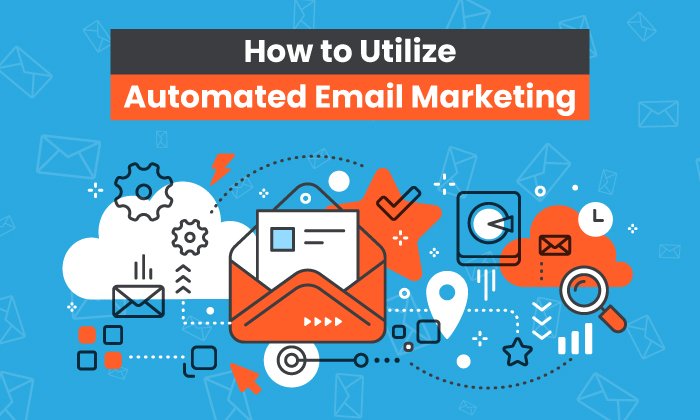How to Write an Effective Email: 13 Pro Email Writing Tips

By dfallarme@hubspot.com (David Fallarme)
Have you ever had to hype yourself up to send an email? We have too.
Writing compelling professional emails is a superpower that most professionals would love to have. Email is the most common form of professional communication, and sending bad emails can make or break your career.
This article will provide some tips to help you improve the overall quality of your emails. Once you’ve applied these simple strategies to your writing, you should be able to confidently send emails to anyone and get rid of that post-send anxiety.
But first, let’s talk about your goals. What purpose do you want your email to achieve?
How To Write An Effective Email
1. Use a professional email address.
2. Have a compelling subject line.
3. Start with an appropriate greeting.
4. Have a strong attention grabber.
6. Be consistent with your font.
7. Check the tone of your message.
9. Use a professional signature
10. Use CC and BCC fields wisely.
12. Do a final spelling and grammar check.
13. Schedule a follow-up reminder.
Email Writing Tips for International Teams
Imagine receiving the email you’re writing.
Get email etiquette right for each work situation.
Define your email goals.
Writing an email is like creating a meal. Just as a chef needs to carefully select and prepare ingredients to create a delicious dish, you need to carefully choose your words and organize your thoughts to create a clear and effective email.
Before you start writing the email, it might help to define your email goals first. Ask yourself the following questions:
-
What purpose do you want to achieve with this email?
-
What are the main points you want the reader to understand?
-
How can you get readers to understand those points concisely?
-
What is the appropriate email etiquette or tone for this recipient?
Defining these elements can help you write quick, effective, and compelling emails.
Think about the last time you received a poorly written email. You might have had to read it a few times to understand it. The message then kicks off a long back-and-forth email thread that could have been avoided if the first email had been properly planned.
That is why we recommend taking the time to plan …read more
Source:: HubSpot Blog

![Download Now: 25 Sales Email Templates [Free Access]](https://no-cache.hubspot.com/cta/default/53/be67aa79-8dbe-4938-8256-fdf195247a9c.png)







